Limassol is one of the most densely populated cities in Cyprus with a well-developed transport infrastructure. Although statistically the car is still the most popular mode of transport, more environmentally friendly and cheaper alternatives such as bicycles and electric scooters are gaining popularity in the city.
Infrastructure development
Thanks to a new government plan (Limassol Sustainable Urban Mobility Plan) announced for 2024, the city will soon be even easier to get around. This ambitious project will cost around €10 million. The plan covers sections of the coastal motorway and the area south of the Troadoos roundabout. As part of the plan, roads will be repaired and pedestrian walkways and crossings will be created. Positive changes will be made to bus stops and traffic lights, car parking and road signs. There are also plans to improve cycling infrastructure. All these initiatives aim to reduce traffic congestion and improve transport links.
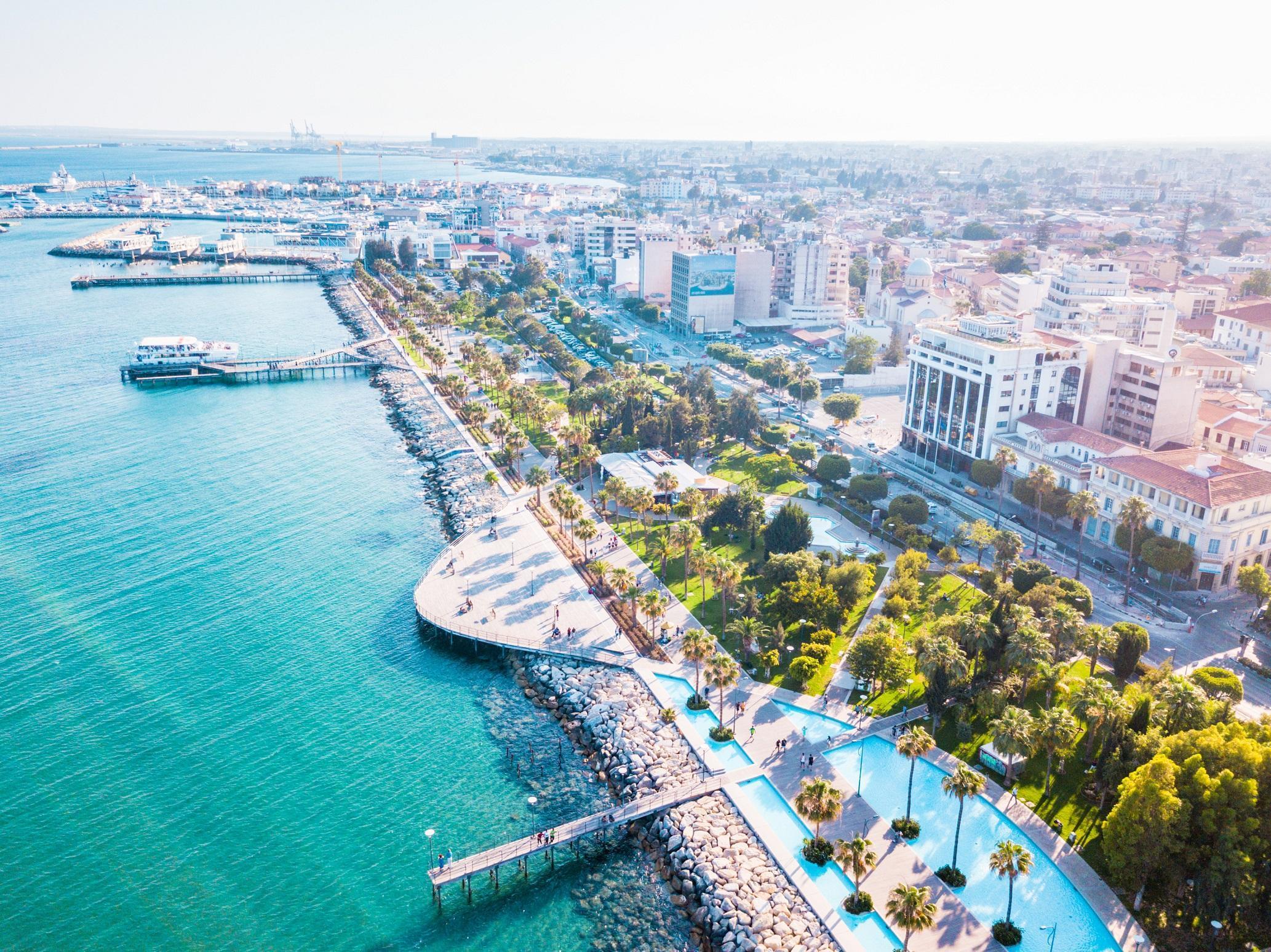
Public transport
Buses are the only form of public transport on the island. In Limassol, bus services are provided by the EMEL transport company. Its fleet consists of 150 buses. The company operates about 53 bus routes in the city and the surrounding area. The main and most popular urban route is number 30, which runs along the entire coastline, connecting the tourist area of Germasoya with the central area of the old harbour and Limassol Marina. The bus stops near hotels, beaches, the MyMall shopping centre and casinos. It is one of the most popular and regular routes in the city and runs approximately every 10-15 minutes. The other bus routes connect other urban areas and suburbs with the city centre.
City bus fares are €2 for a day trip and €3 at night (after 21.00). An all-day ticket costs €5. Tickets can be bought from the driver or at the EMEL offices in the main railway station. Please note that contactless payment is not yet available on all buses. EMEL operates both city and village routes, including popular villages such as Omodos, Pissouri and Pellendri. Village buses do not run as frequently as city buses. It is better to check their timetables on the website in advance. Fares to surrounding villages may be slightly higher than city fares.
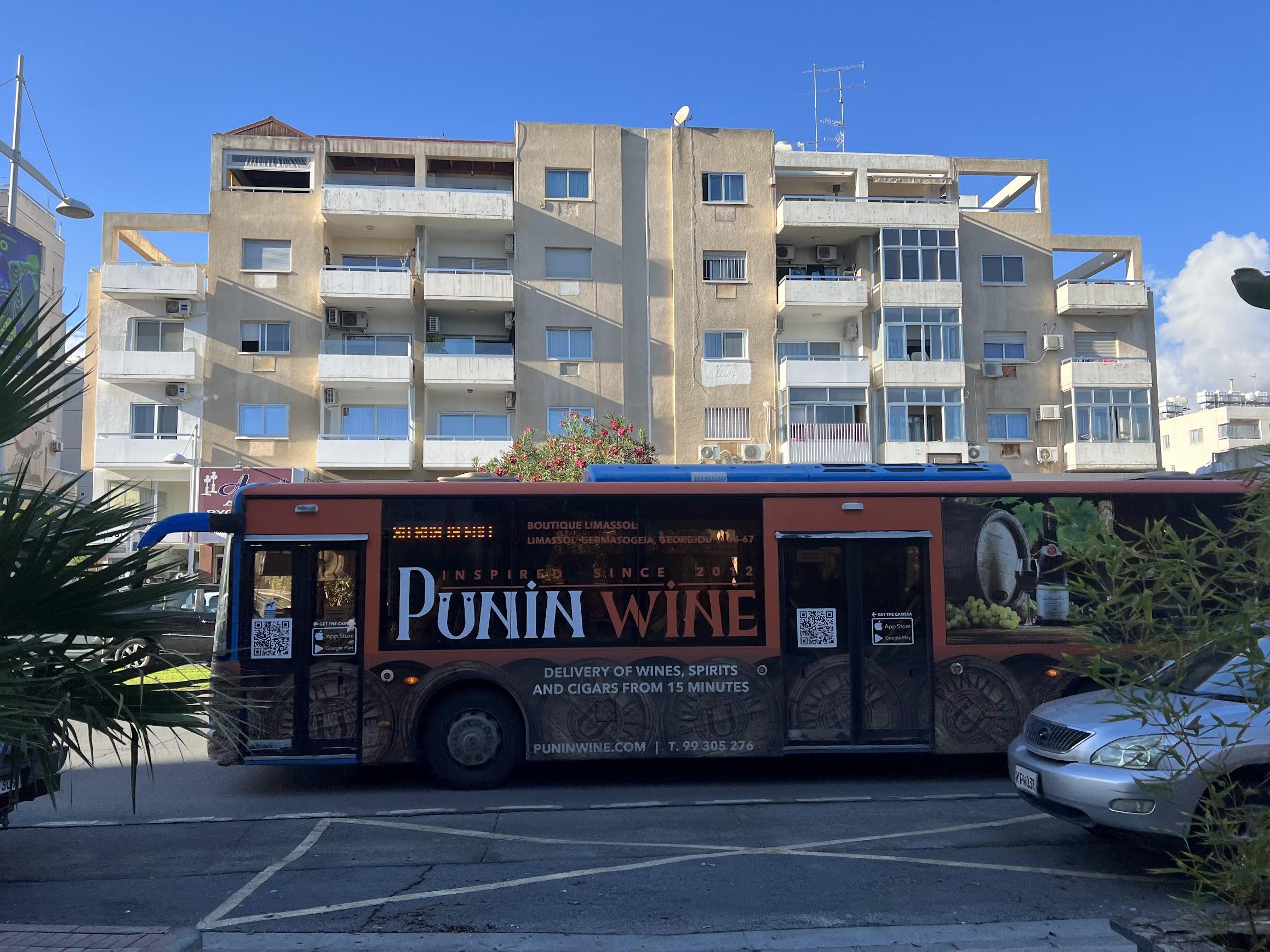
Intercity buses
Limassol is conveniently located in the centre of the south coast of the island, equidistant from Paphos, Larnaca and Nicosia. Intercity buses connect Limassol with these cities. One-way fares are around 5-6 euros, depending on the route. It's worth bearing in mind that schedules vary at weekends and on public holidays, so it's best to check the timetable in advance and plan your route. Intercity buses are fairly punctual and comfortable for passengers. You can catch one of these buses not only at the New Port Passenger Building, but also at a number of stops along the coastline, especially in the Old Port area.
Timetables and fares can be found on the company's website.
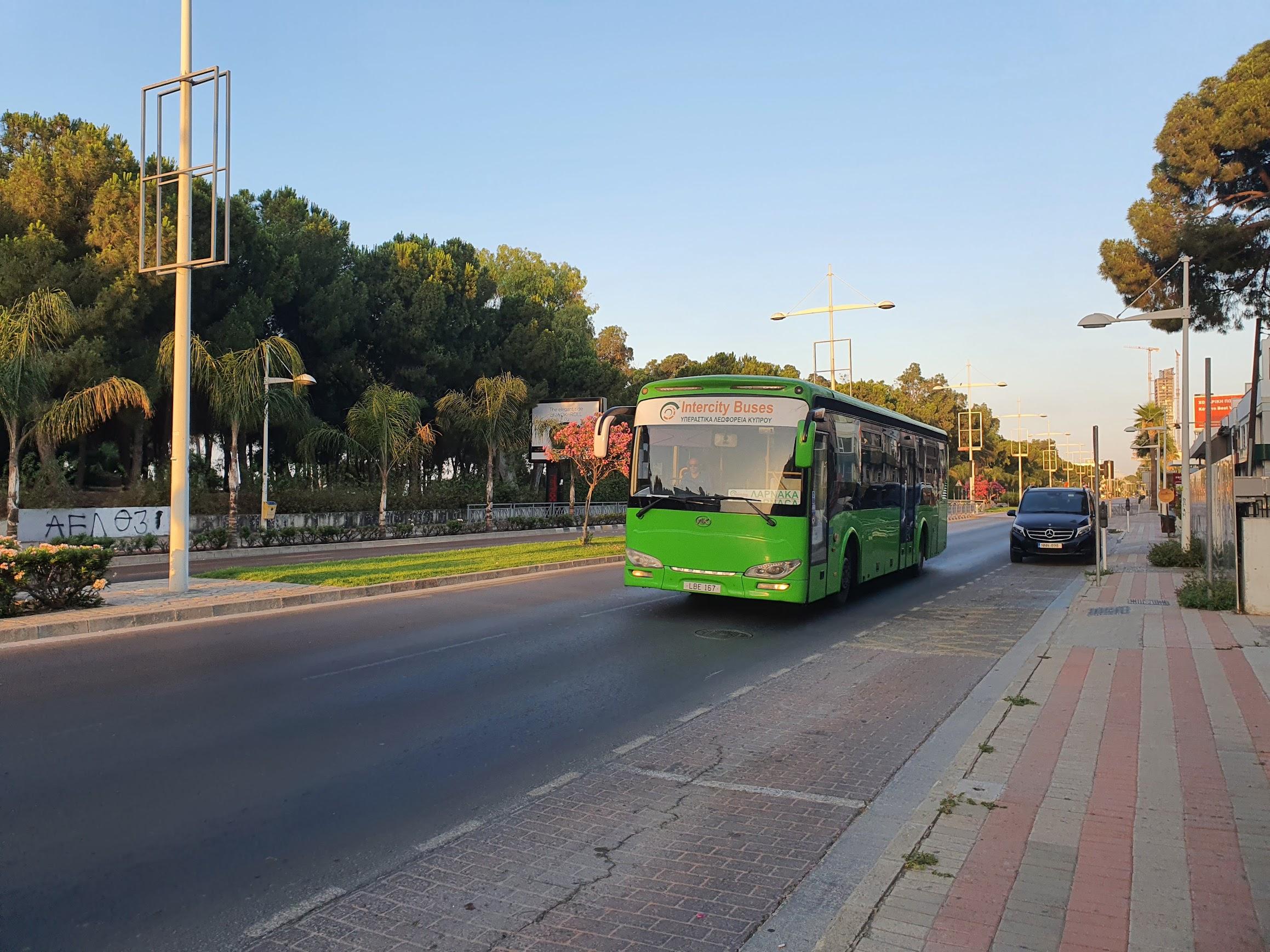
Shuttles to the airport
Limassol is conveniently located equidistant from Larnaca and Paphos airports. Limassol Urban Buses runs a regular shuttle service to Larnaca Airport, departing approximately every hour and a half. The shuttle departs from the Germassoia area and takes approximately 1 hour. The shuttle to Paphos Airport takes approximately 1 hour and 15 minutes.

Bicycles
Limassol is a fairly comfortable city for cyclists. It has approximately 22.5 kilometres of dedicated cycle lanes. These are to be extended by a further 18 km as part of the Sustainable Urban Mobility Plan programme. Despite these efforts, dedicated cycle lanes are not everywhere and cyclists often have to share the road with motor vehicles. To make cycling more comfortable and safer, the city has introduced a speed limit of 20-30 km/h in central areas.
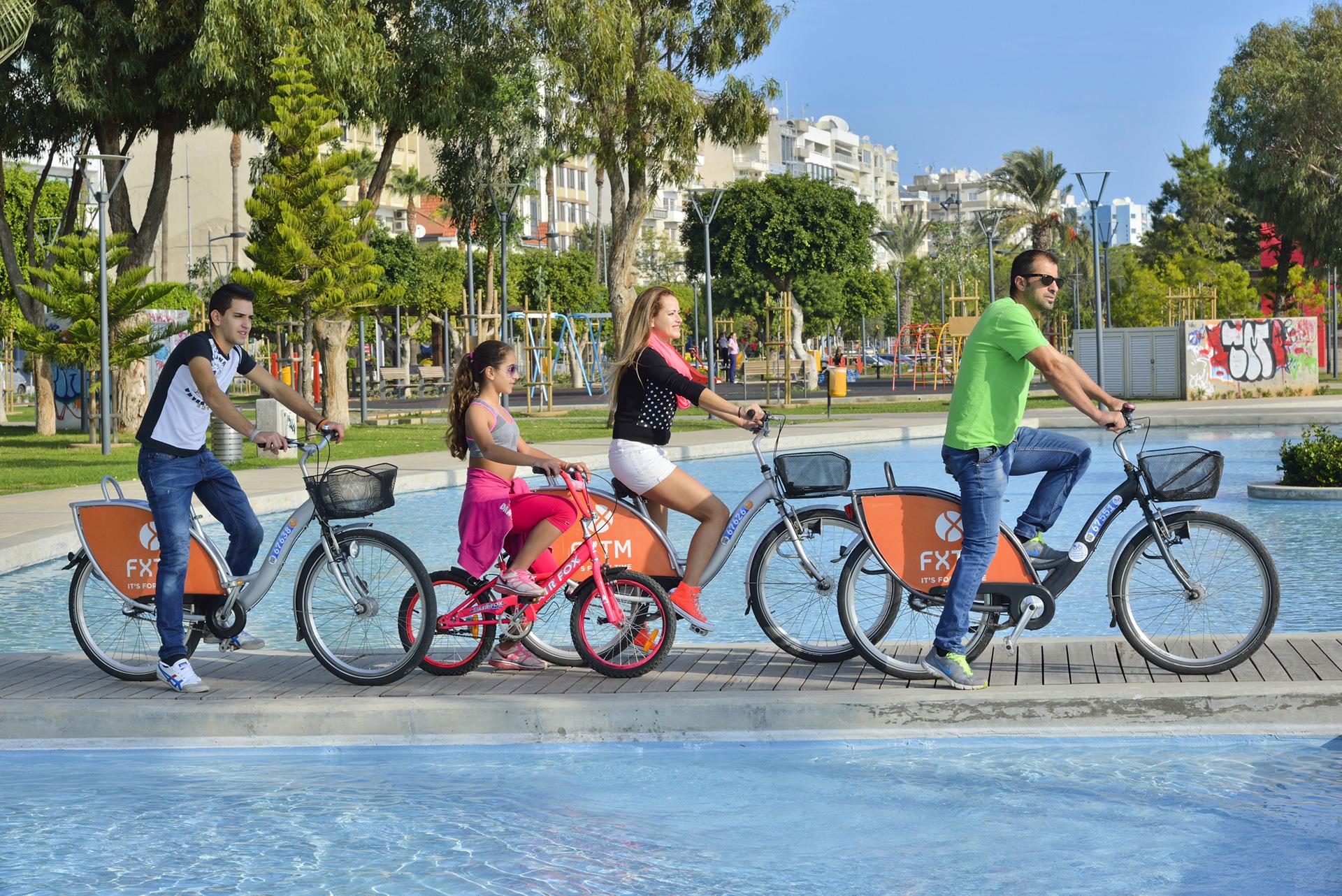
One of the most famous and popular cycle routes in the city centre is the Molos Promenade. The modern 7km cycle path runs along the coastline, linking the Dasoudi area with the Old Port and the new district - Limassol Marina. This route offers scenic views of the sea and is ideal for both commuting and leisure activities. The area around the Technical University (TEPAK) also has a well-developed infrastructure for cyclists. The number of dedicated cycle lanes in the residential areas of Ayios Athanasios and Germasoya is gradually increasing.
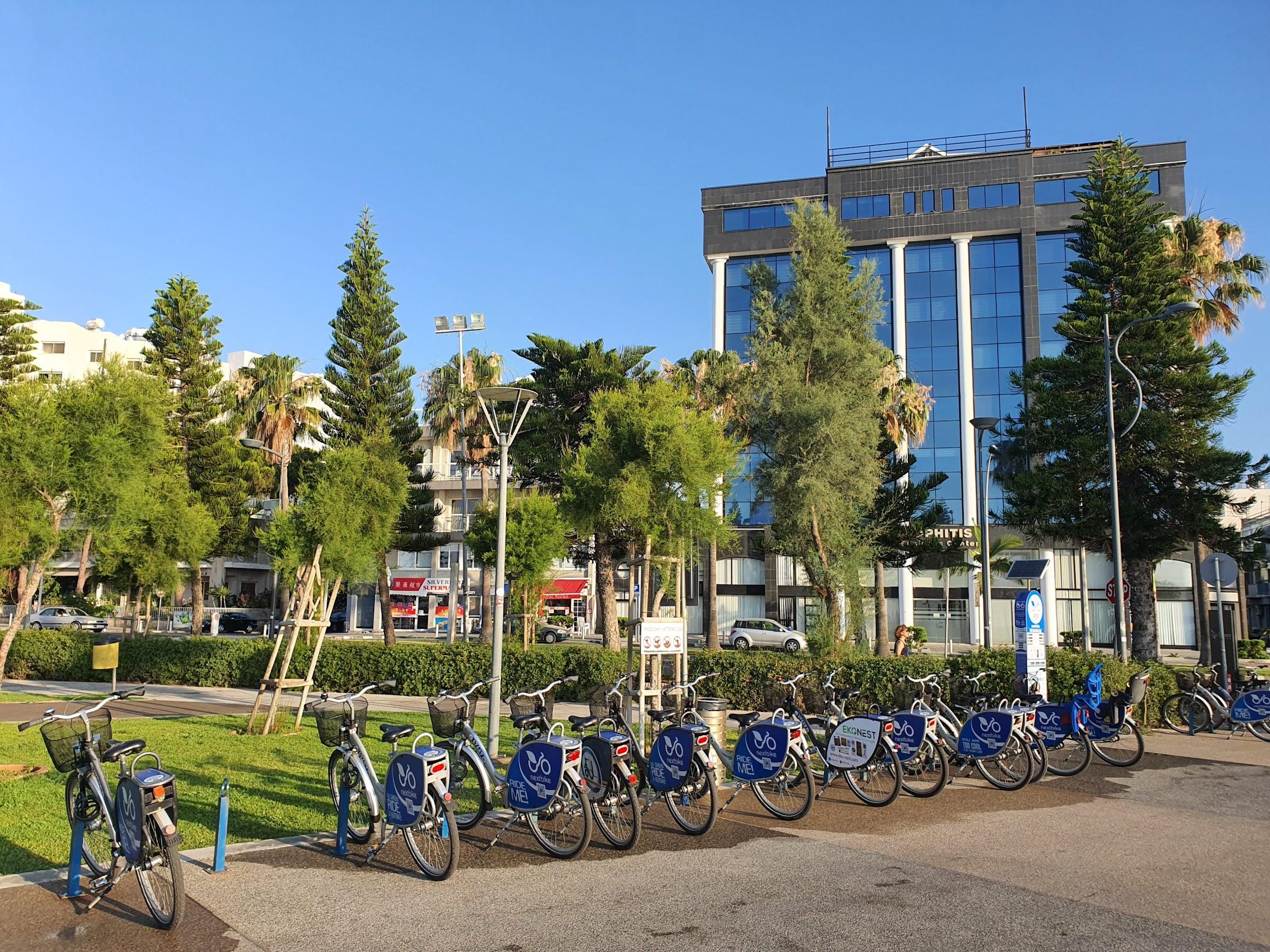
There are several scenic cycling routes in and around the city. For example, the Limassol - Governors Beach road. The 25 kilometre route follows the coastline of the city and ends at the beach, known for its unusual limestone formations. Another interesting route is the drive from Limassol to the Akrotiri peninsula, also known as the Salt Lake Route. This unique natural route is 7 kilometres long (one way) and runs along the salt lake in Akrotiri, ending near the beach of Lady's Mile.
The route from Limassol to Pano Platres, known as the 'mountain route', is more challenging and is suitable for trained cyclists or cycling enthusiasts. At 40 kilometres one way, the route passes through the picturesque mountain villages of Platres and Lofu. The road then climbs high into the Troodos Mountains, offering breathtaking views. You don't have to buy a bike to enjoy cycling around Limassol. There are many bike rental shops in the city.
There is also a bike sharing service called Nextbike Cyprus. Users can rent a bike by sending an SMS or using a special app. There are 15 stations around the city where you can collect or return your bike 24 hours a day. A user can rent up to 4 bikes at the same time.
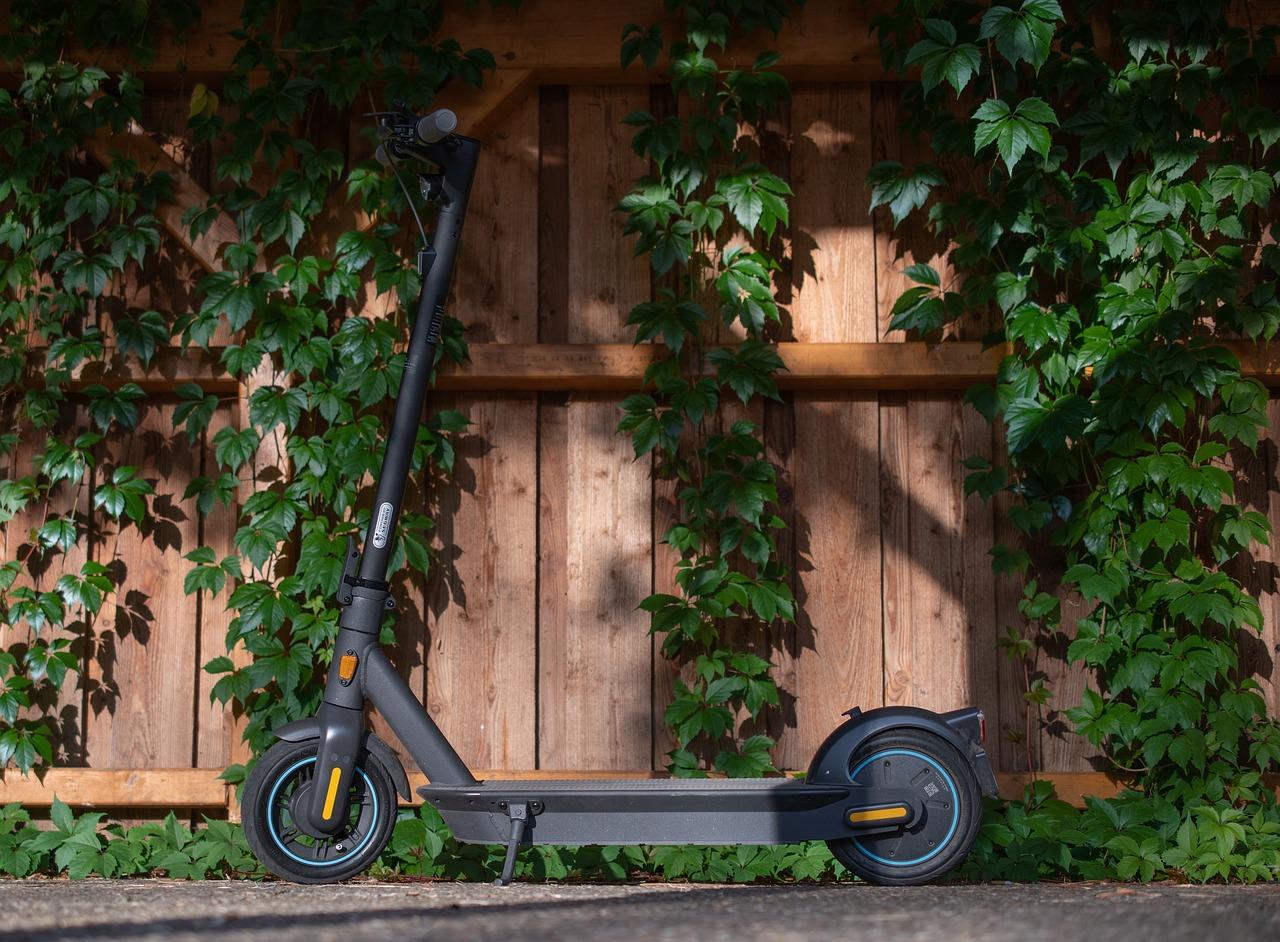
Electric scooters
Another eco-friendly alternative for getting around the city are electric scooters. They have become increasingly popular in recent years. There are several options for renting electric scooters in Limassol. Both international companies - Electra and Bolt - and a local company - Scootes - offer their rental services. It's worth remembering that in Cyprus you have to be at least 16 years old to use an electric scooter. There are also speed limits: up to 30km/h on roads and up to 10km/h in public areas - on cycle paths or footpaths.
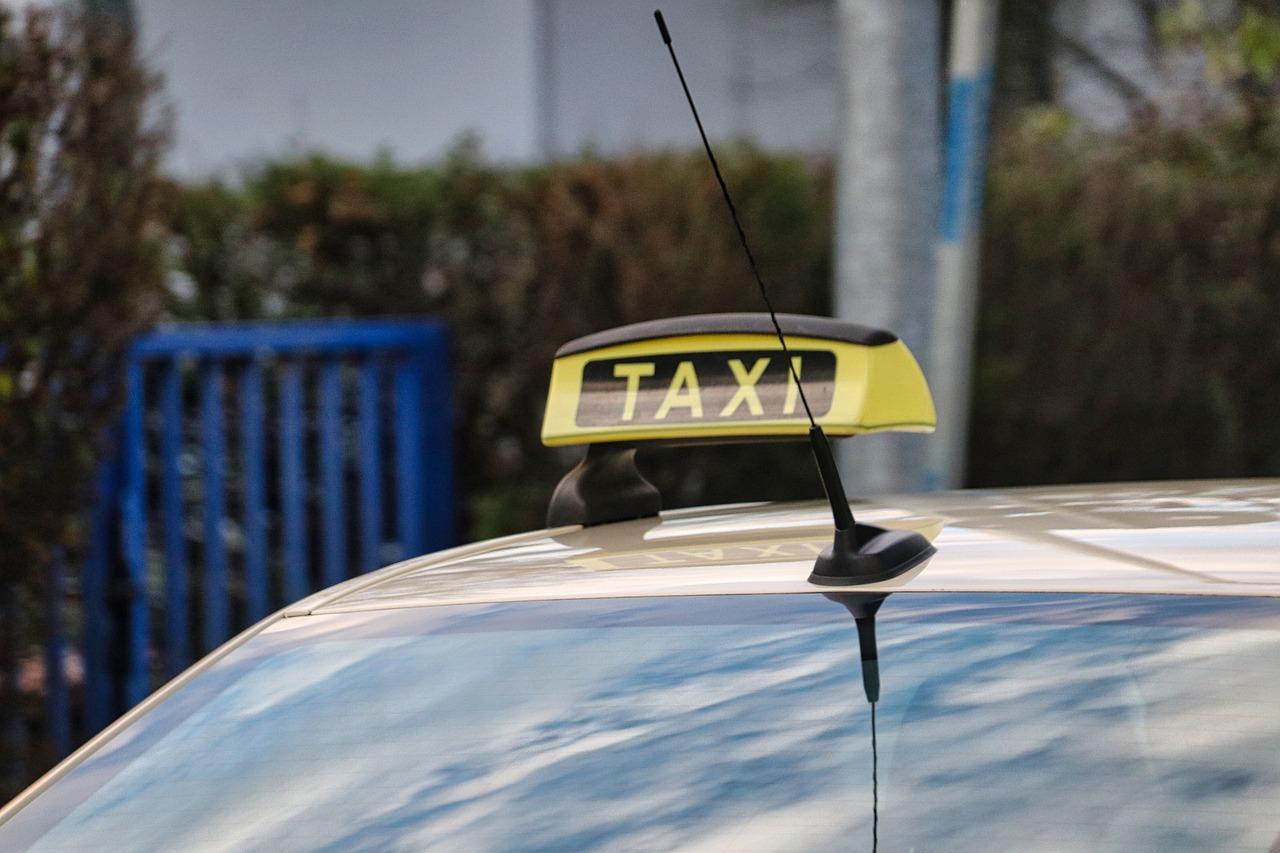
Taxis
There are many taxi services in Limassol, including Russian-speaking ones. Taxis operate around the clock. They can be found in special car parks and can be ordered by telephone or using an app. The fare is usually set by the meter at the government rate. The fare can be paid in cash or by card, and many taxi services offer the option of paying by app. However, it is better to clarify the method of payment with the driver in advance. Limassol also has centralised taxi booking apps such as Bolt and a local alternative to Uber called CABCY.
For longer distances, such as between cities, Limassol has the option of ordering a shared taxi called Travel & Express. This allows the cost of the journey to be shared between several passengers. The service is available on weekdays from 6:00 to 18:00 and on weekends from 7:00 to 17:00. The company provides comfortable 8-seater minivans. You can order a taxi by calling the company's telephone number.
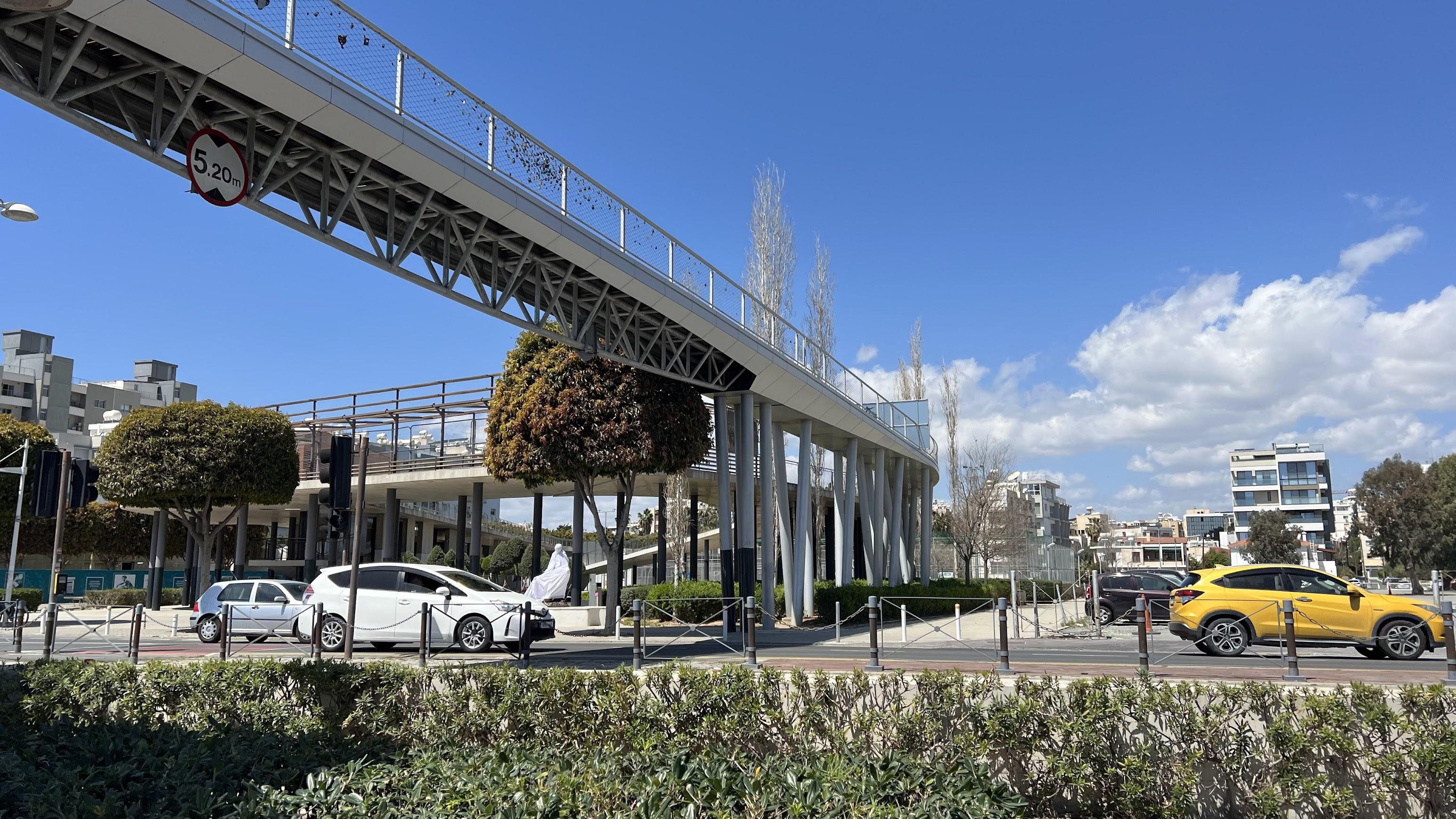
Travelling by car
Limassol has a well developed road infrastructure and the city is quite convenient for travelling by car. High-speed motorways connect the city with Nicosia and Paphos, as well as the airport area of Larnaca. The city has several main roads that connect the districts to each other and to the city centre. The coastal road - '28 October Street' runs along the coastline of Limassol, connecting the districts of Germassoya and Zakaki with the city centre and the Limassol Marina area. Makaria III Avenue is one of Limassol's main commercial streets, linking the Germassoia district to the old town.
Spyrou Kyprianou Avenue is the main central road linking the neighbourhoods of Ayios Athanasios and Zakaki. Kolonakiou Street connects the tourist area of Germassoia with the centre of Limassol. And 'Ayas Filakseos' street connects the area around 'Ayas Fila' with the city centre.
During rush hours, from around 7.30 to 9.30 in the morning and from 4.30 to 6.30 in the evening, traffic on the city's main roads is usually heavy. It is worth noting that Limassol has a large number of roundabouts, which act as traffic lights and help to regulate traffic and its speed.
Limassol has a wide range of parking facilities. Public car parks are located near the Molos Promenade, the Old Port area and MyMall. Paid parking is available in the city centre and around the Limassol Marina. Parking costs between €0.5 and €1.5 per hour.
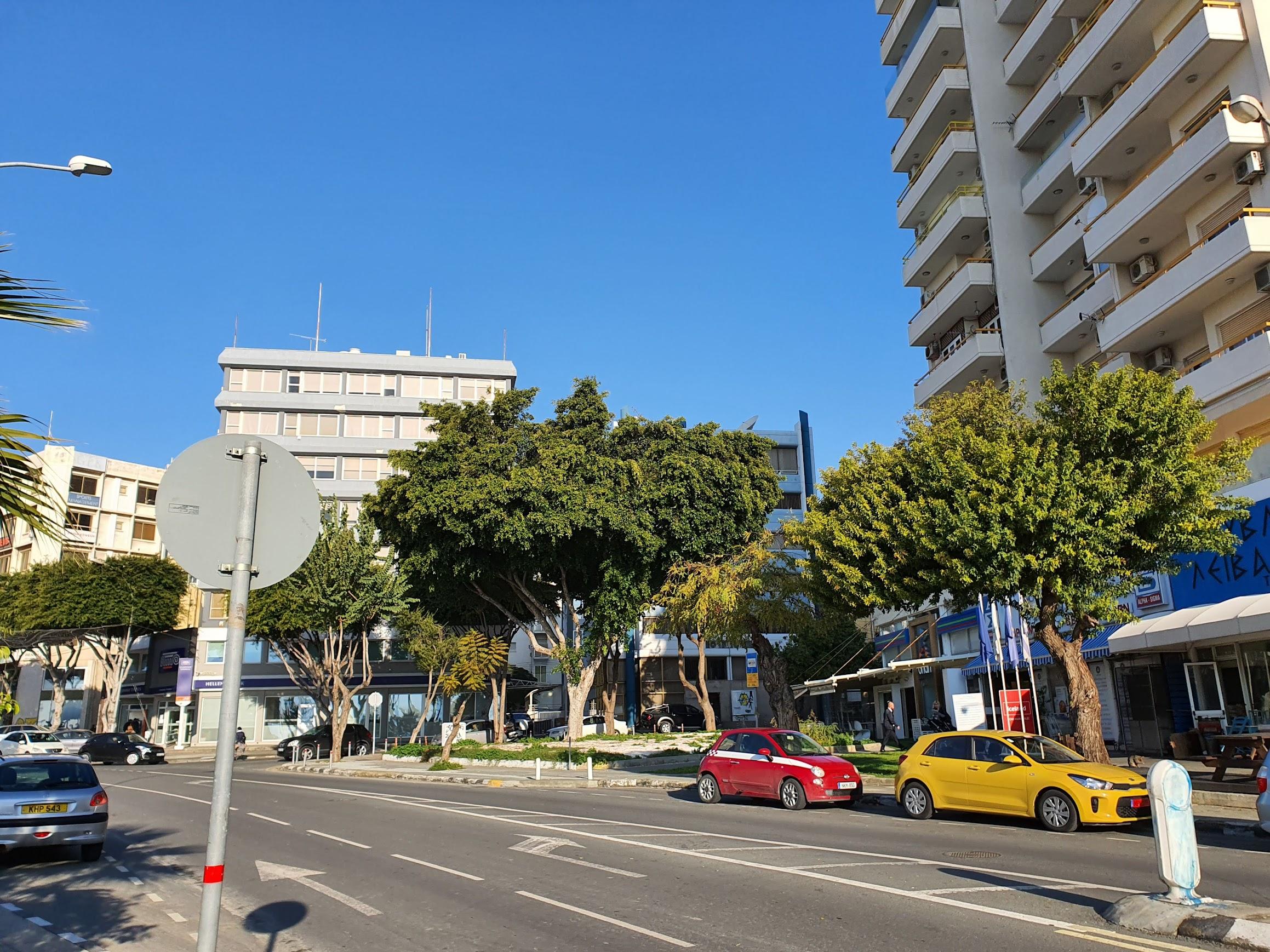
Limassol's transport infrastructure is developing rapidly. The government has launched a multi-million dollar initiative to improve road infrastructure across the island by 2025. In Limassol, around €250 million will be spent on various projects to improve traffic and reduce congestion. These include the first phase of the northern bypass, the construction of new flyovers and road widening. The installation of intelligent traffic lights is also planned. All these initiatives are aimed at optimising traffic flow in the city.
Read also:

